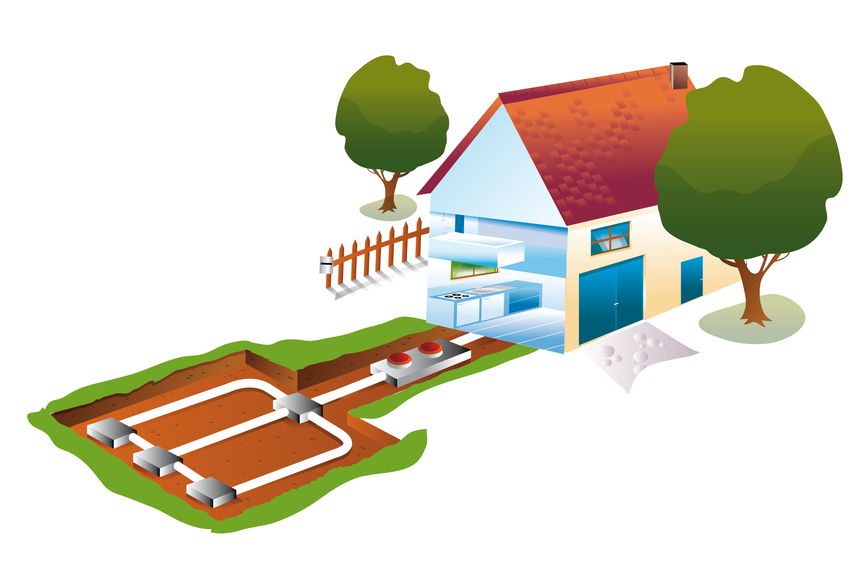Geothermal Energy by Sunlife
Systems that utilize the heat below the ground
![]() SunLife offers complete solutions for the design and installation of geothermal systems in cases of small domestic customers, hotels and office buildings.
SunLife offers complete solutions for the design and installation of geothermal systems in cases of small domestic customers, hotels and office buildings.

Geothermal Energy In General
Some general information
By strict scientific definition, geothermal energy means thermal energy stored below the surface of the ground (underground, in underground water, steam or hot air) at temperatures of 25 - 350 °C. Also, the broader use of the term geothermic refers to thermal energy of the ground at temperatures less than 25 °C, which is derived mainly from the storage of solar radiation. In such cases, the depth of exploitation is usually less than 150m and the respective systems are characterized as shallow geothermal energy systems. These systems are mostly applied for generation of cooling, heating and domestic hot water in residential and other kinds of buildings.
Shallow geothermal energy is advantageous because it is available everywhere and it is quite simple to utilize. Furthermore, shallow geothermal systems have a simple licensing procedure. A shallow geothermal system for residential applications consists of three main components, the geothermal heat pump, the geothermal heat exchanger and the internal heating and cooling installation of the building, which is usually an under-floor system or a fancoils system. In the summer, the system extracts heat from the building, carrying it through the heat pump’s circuit and through the geothermal heat exchanger and deposits it in the cooler side which is the ground. The geothermal heat pump is actually a device that uses electricity in order to transfer heat from a colder to a warmer place, just as an air-conditioner does. Its big advantage is that while air-conditioners abduct heat to and from the outside air, a geothermal heat pump uses the constant temperature of the subsoil.
Geothermal Technology
Discover the right geothermal technology for your needs
The vertical closed loop geothermal heat exchanger is applied to installations with limited space in areas where is impossible to uptake water from the water table. The closed loop of pipes is placed in boreholes with a diameter of 8-6 " in a depth of about 60-120m and then the boreholes are filled with a thermally conductive mixture (cement, bentonite or with the soil that had derived from the drilling).
The horizontal closed loop geothermal heat exchanger is applied to large facilities with available surrounding space. The placement of pipework in horizontal arrangement reduces the excavating cost.
The open loop geothermal heat exchanger is appropriate in areas with shallow depth of the water table and it includes two boreholes. The first is where the submersible pump is submerged and the second is where the water is reimported. In cases that the proximity to the sea or to a lake permits its use, the water is adducted and abducted via a simple hydraulic network and it feeds the heat pump.
Key benefits of the open loop heat exchanger is the constant high performance throughout the year and the little ground space requirements, while the main drawbacks are the higher investment cost, the restrictions on the quality of water, the direct dependence on the water supply system performance and the larger maintenance cost due to fouling. Based on the current oil and electricity prices, it is estimated that the money savings derving from the heating of a building using shallow geothermal energy are around 60-80 % compared with an equivalent boiler installation.